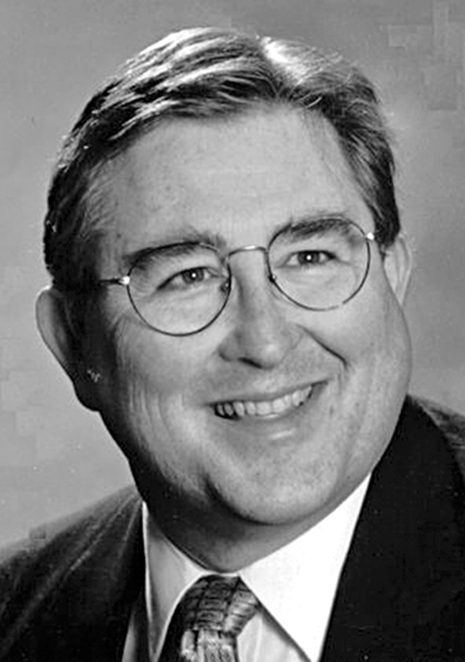By Danny Crownover
During Easter last week, The Vagabond recalled how he went eggs hunting as a youth. Few people in this area realize how much trouble it was years ago just to obtain or sell eggs, much less decorating them.
Back in the day, eggs were collected and marketed in a primitive way. There was a slight improvement around the 1920s thanks to paved roads and motor trucks and a steadily increasing poultry industry.
Most old timers can remember when farmers (or rather, farmer’s wives) sold or traded eggs at country stores and to peddlers who came around every few weeks. It was a familiar sight in every rural community in this section of Alabama to see a woman or a girl walk into a store with eggs – sometimes as few as three and four – tied into a handkerchief in exchange for snuff, baking powder, soap, bluing, starch and the like.
Merchants packed the eggs in cotton seed, usually in a cracker box, and took them to town and bartered for supplies of dry goods and groceries. Some farm-wives saved their eggs up for peddlers, especially those who visited farmhouses on a regular basis. Peddlers usually drove a one-horse wagon with an enlarged bed or canopy in which was carried stocks of calico, flannel, linsey, jeans and tin ware for exchange for produce.
Peddlers also had a coop for the chickens gathered from house to house. Peddlers accepted home-knitted woolen socks, beeswax and tallow in lieu of cash, and when loaded up, they bought their cargo to town and replenished their merchandise.
Preachin’ Jim Abbott was the most famous peddler of the 1880s and 90s. J.H. Hindman, who was a Confederate Army veteran, was also widely known, especially in Etowah and Calhoun counties.
It was around 25 or more years ago that Ann (that’s the way they pronounced his first name) Collier and his son built up a large and lucrative produce business under the primitive way of collecting eggs, butter and chickens. They picked the eggs up at the country stores and had quite a lot delivered to their warehouse in Boaz.
Sand Mountain was a large producer of both chicken and eggs. The section where Etowah, Marshall and DeKalb counties meet is said to be the most populous and most prosperous farm area in the United States, and the farms in that area are relatively small and high-priced.
The Northeast Alabama Poultry Cooperative eventually took over and established one of the state’s largest and most complete wholesale egg centers in Albertville. The plant completely revolutionized the methods of marketing eggs and built up a very profitable industry.
Listed below are some interesting tales about eggs in Etowah County throughout the years.
On July 3, 1867, eggs were 10 to 15 cents a dozen.
In April of 1882, housewives were complaining that eggs were scarce and that they had to curtail their cake baking days. Butter was selling at 25 to 30 cents a pound and was very scarce. Most pioneer families had cows and did not often complain about the scarcity of the high price of butter.
In 1894, a local newspaper stated that there was a shortage of paper and wrote the following:
“If you haven’t got the money handy to pay for the paper, bring us… some chickens or eggs…in fact, bring in anything in the produce line and we will send you the paper.”
In 1898, an early school in Gadsden was taught by Fannie Fullenwider in a house on Eighth Street, where the Woodruff family later lived. Miss Fannie was a brilliant woman and a very capable teacher. She had a way with children, who loved her but respected her authority, and she never had to deal out much physical punishment. Every year, Miss Fannie put together an Easter egg hunt her students and presented each one with a beautiful Easter card. Many of Miss Fannie’s students turned out to be leading men and women of the City of Gadsden.
In June of 1944, it was reported W.C. Ellis had 35 laying hens at his home on South Fifth Street and was trying to see which bird could lay the largest eggs. He exhibited one hen that weighed three ounces and measured six and one-fourth inches one way and seven and one-eighth inches the other. Ellis showed another hen that weighed two and one-half ounces and measured five and three-fourth by six and seven-eighth inches.
About that time, Harvey Wilson, the janitor at the post office, exhibited an egg measuring six and one-half by eight and one-half inches. Wilson owned 29 hens that average 20 eggs a day, some of them being of ex-traordinary size.
F.O. Lankford of Alabama City came to town with a curiosity in the shape of a shriveled egg that resembles a dog, head, face and all.
In May of 1946, C.C. Dial, a watchmaker at Sterchi’s, owned a duck of the puddle variety at his home in Alabama City. The duck was peculiar because of her laying habits. She produced an egg that measured seven and one-half inches around and nine and one-half inches the long way. upon opening the egg, Dial said that after the yolk and the white came out, an ordinary-sized hard-shell egg rolled out, much to the amusement of many. This particular duck had the habit of dropping an egg just anywhere it happens to be, and one Easter morning dug a hole in the ground and used it for a nest.





